Trending now: the allure of French antiques in modern interiors
Written by
12 September 2024
•
5 min read
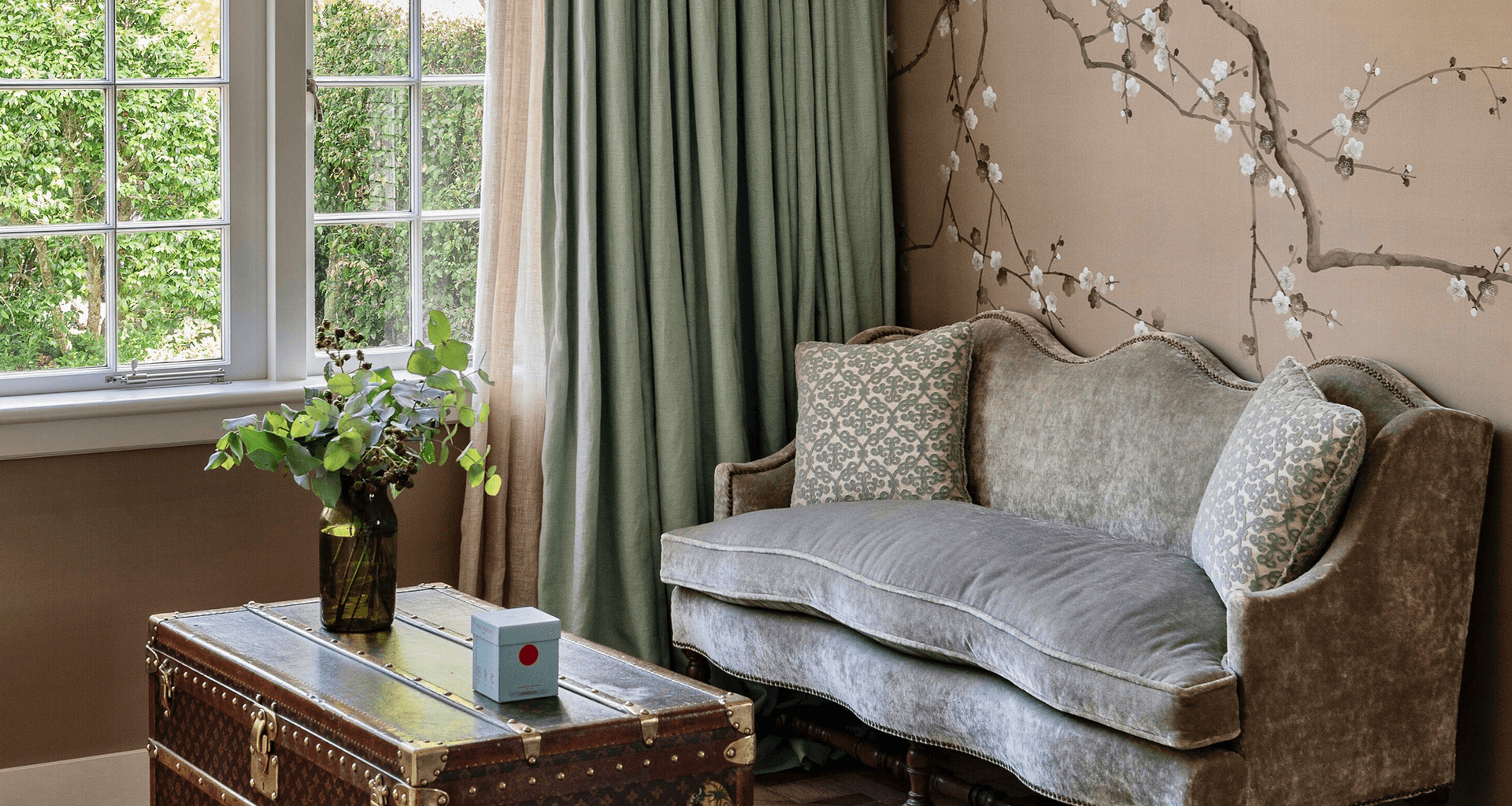
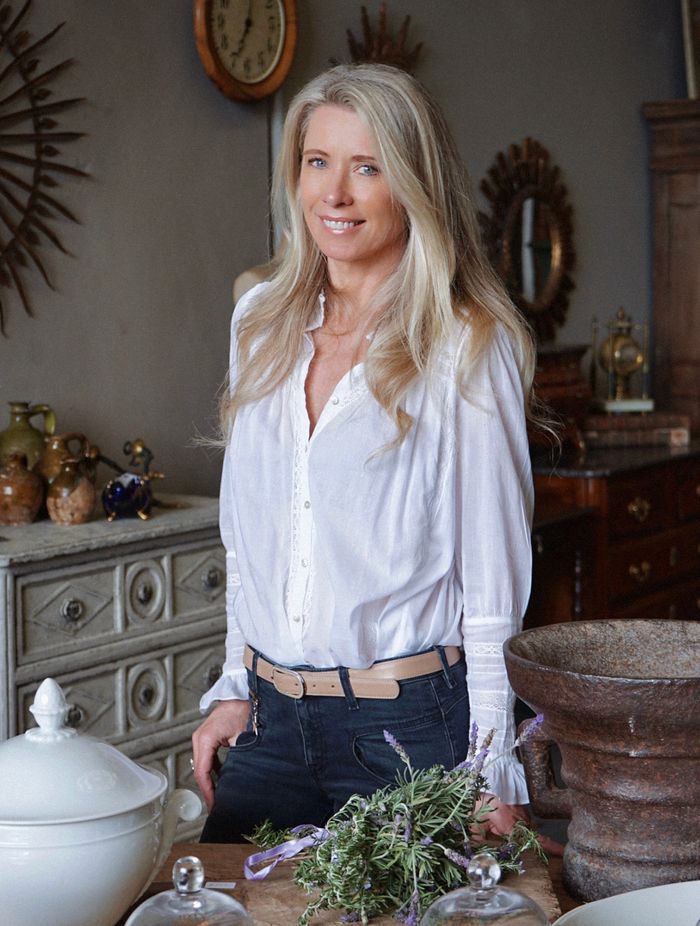
French homes are known for their effortless and sophisticated taste, pared-back accessories and exquisite antiques. The look is chic without fuss and speaks to a long history of gorgeous textiles and considered design.
It can be challenging to recreate the layered and storied elegance of a French interior, but French antique specialist Chrystelle Baran of Baran de Bordeaux says it’s possible to create the look and feel through carefully considered furniture and accessories.
French antiques, in particular, offer a unique, decorative quality that is timeless, shares Baran.
“Whether it’s a formal Louis XVI armchair or a rustic 19th century painted provincial sideboard, good French pieces can add depth and elegance to any interior.”
Baran puts this down to the international, curated feel of an interior that uses only a few carefully selected vintage or antique pieces to exude the pared-back, sophisticated look France is known for.
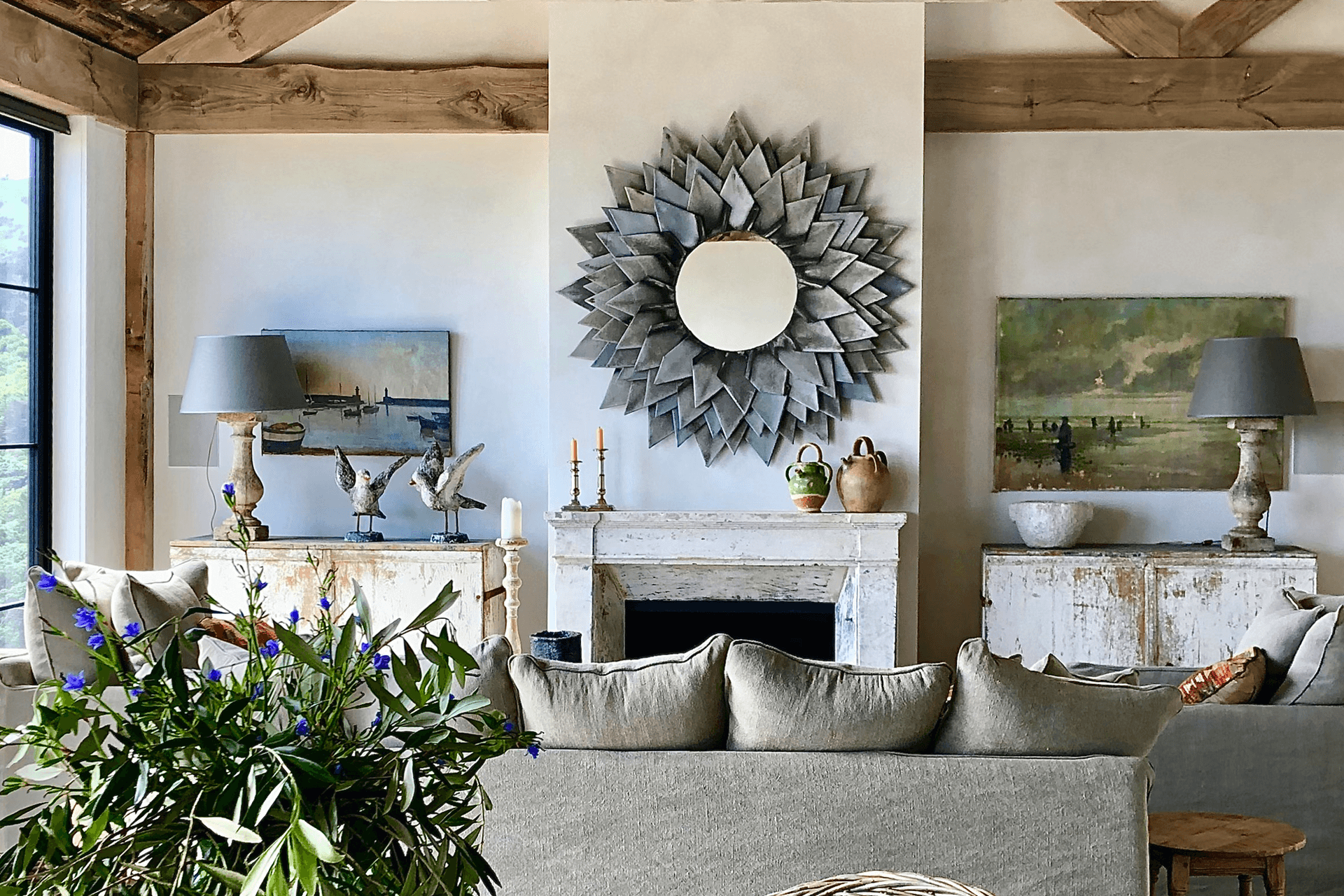
How to incorporate French antiques into your home
Anyone considering a French antique or vintage piece needs to start by looking at what the best international designers are doing, says Baran.
“The days are gone when a serious designer will merely fill a room with new pieces straight out of a catalogue. The more discerning homeowner will want to see a curated collection of one-off pieces.”
Adding vintage and antique pieces to a well-considered interior will create a completely unique space that can’t be replicated. When choosing antique pieces, Baran says it’s important to consider the context of the space.
“Is it a relaxed seaside environment? Then perhaps some simple rustic painted furniture with a pale, washed-out patina might add to the overall effect. Or the addition of some French country pottery might give the space a more lived-in, organic feel.”
Equally, if the space is in the countryside or in the bustle of the city, it’s important to match the pieces with the setting, rather than artificially transplant a style. If you don’t know where to start when it comes to understanding which pieces of furniture will enhance your interior, Baran suggests looking to international books and magazines on interior style.
“Designers like Kelly Wearstler, Axel Vervoodt and Philippe Starck have been mixing French antique elements for many years, and are often spotted at the Paris flea markets. Combining contrasting objects from different eras and different styles, when done successfully, can create a unique and stylish decor.”
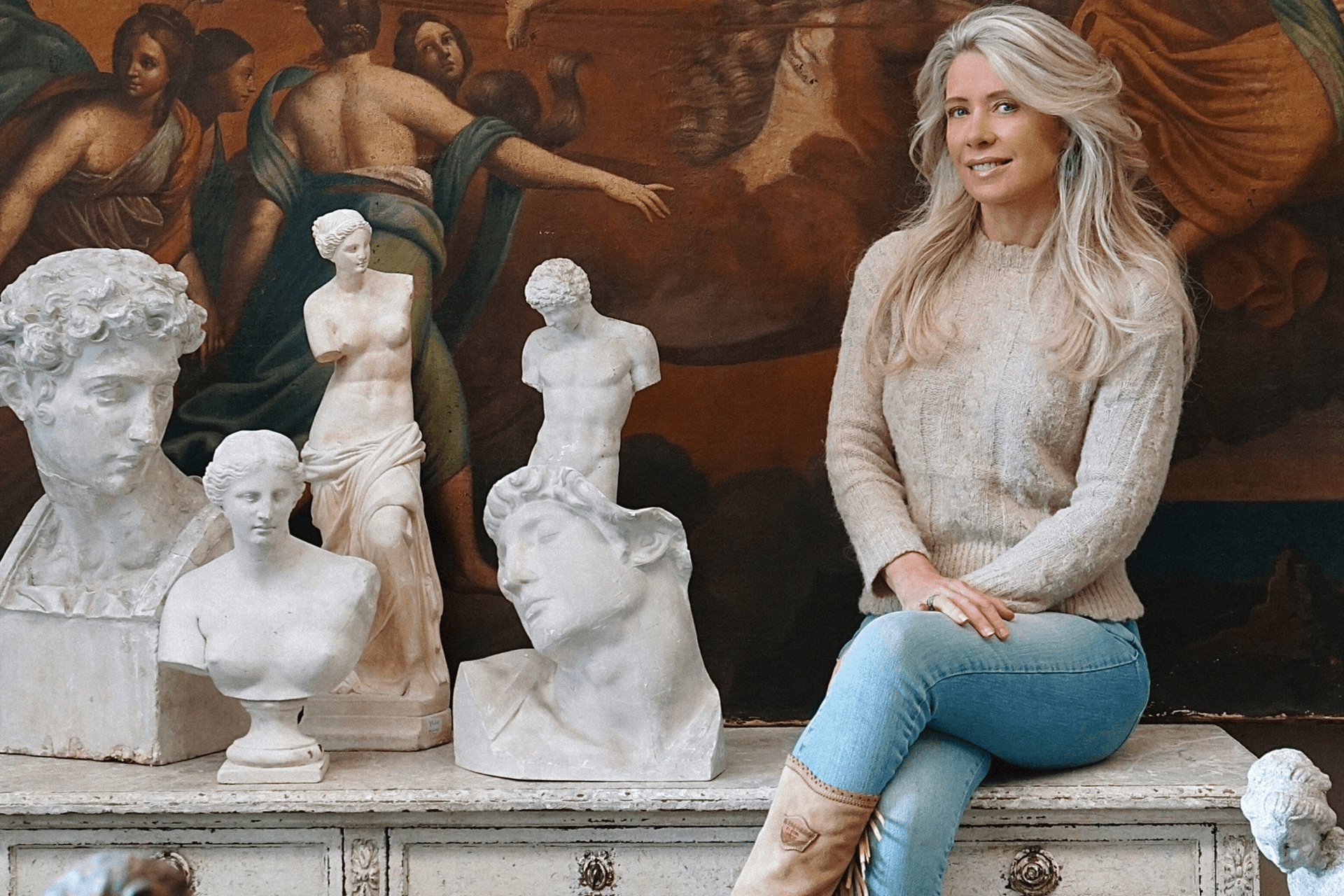
The importance of antique lighting & accessories
Modern lighting tends to be predictable, and antique lighting is a great way to create a point of difference and a unique feature in a room. An elegant French chandelier or a funky vintage industrial lamp will instantly give a room a more eclectic feel, says Baran, and don’t be afraid to mix different eras.
“French and Italian light fittings from the 1960s/1970s are currently very popular because they mix well with a traditional or modern interior.”
One-off elements in lighting or accessories, such as mirrors, have a big impact on the overall aesthetic of a room too, making the decor seem more considered and less predictable than the average modern interior, which typically combines a number of similar elements.
“Obviously antique pieces were never mass produced, so the one-off, unique quality will bring a more bespoke feel to the interior,” shares Baran. “An antique French mirror in an otherwise pared-back, contemporary room will be a real statement; a conversation piece.”
Both classical gilded 19th-century mirrors and mid-century vintage designer pieces will lend depth and character to a space.
“We also find that antique rustic pottery is becoming very popular in contemporary spaces; the contrast between sleek modern lines and earthy, almost primitive-looking pottery is highly effective.”
Baran says when it comes to antiques, the French late-18th century Louis XVI and Directoire periods are currently the most popular due to the angular, symmetrical neoclassical style of the period, which features straight lines and Greek and Roman design motifs.
“Pieces were often painted in pale greys and off-whites; this style works very well with the current style of decorating, and we are seeing sideboards, chests of drawers and mirrors in this style being used to great effect.”


The role of colour when integrating French antiques into modern interiors
Colour is integral to the success of an interior, and the French are known for muted, natural and classic hues that are soothing rather than loud.
“We often use painted antiques in our work, and sometimes the colour of the key piece of furniture will influence the colour scheme of the entire room,” shares Baran. “These pieces tend to be very soft shades of grey, blue, green or off-white, all of which work perfectly in New Zealand.”
Equally, when integrating timber pieces, it’s important to consider the tone of the wood, so that it fits with the overall colour scheme.
“Does the room need a deep polished walnut finish, or a weathered, bare oak patina?”
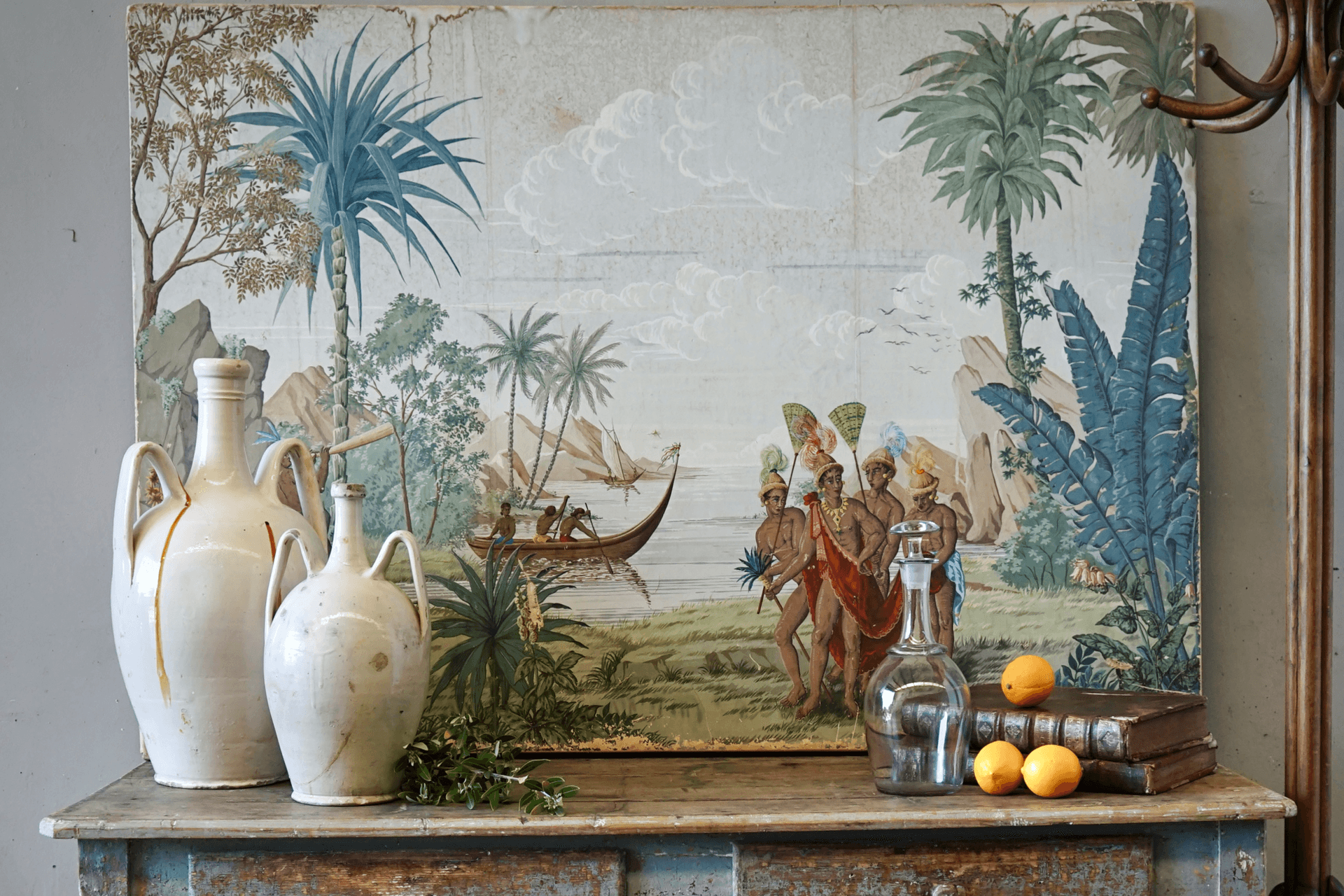
Common mistakes to avoid when incorporating French antiques into a modern home
There’s a vast difference between furnishing a spacious chateau in France and decorating a Ponsonby villa, and Baran says the most common mistake is to overcrowd a space with too many elements.
“Choose the right pieces and don’t overdo it. These pieces each have a real presence, so the right item will speak volumes.”
Lighting is the other big destroyer of ambiance, because even the most beautiful room will be ruined by blazing white LED downlights.
“Keep overhead lighting to an absolute minimum and add as many lamps as possible. Also, a few narrow beam spotlights, trained on some of your favourite French pieces will add to the chic, almost gallery-like feel of the room.”
Explore French antiques and accessories from Baran de Bordeaux
